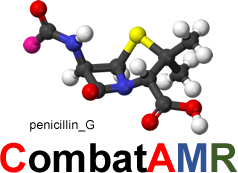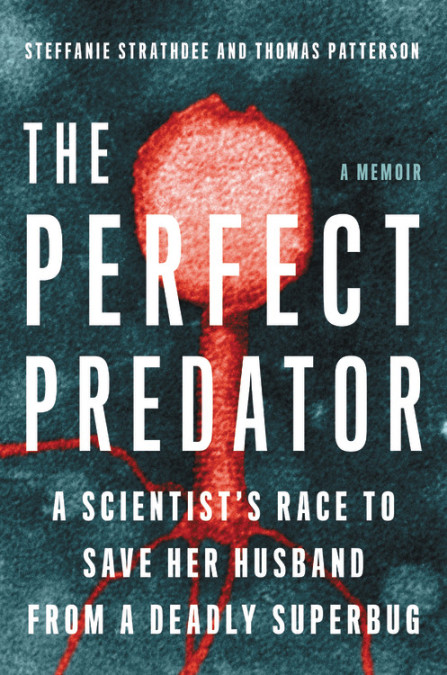
>The Perfect Predator  Latest Book
Latest Book
https://www.amazon.co.uk/Perfect-Predator-Scientists-Husband-Superbug-ebook
Steffanie A. Strathdee and Thomas Patterson. Epidemiologist Steffanie Strathdee and her husband, psychologist Tom Patterson, were vacationing in Egypt when Tom came down with a stomach bug. What seemed like a case of food poisoning quickly turned to a critical fight for his life against one of the most dangerous, antibiotic- resistant bacteria in the world. Steffanie combed through research old and new and came across phage therapy, treatment that had fallen out of favor 100 years ago after antibiotics became mainstream. The right phage (virus), aka “the perfect predator,” can kill even the most lethal bacteria. She appealed to phage researchers all over the world for help to save Tom. In doing so the overlooked phage therapy is again attracting the attention of scientists seeking answers to the increasing and deadly antimicrobial resistance - AMR.
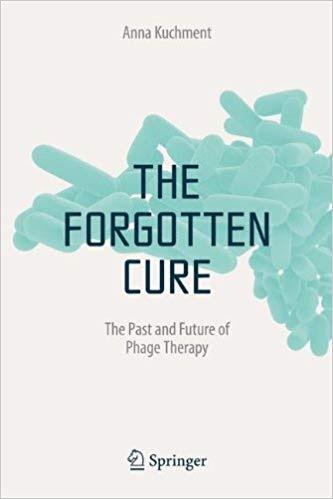
>The Forgotten Cure: The Past and Future of Phage Therapy
https://www.amazon.co.uk/Forgotten-Cure-Future-Phage-Therapy
Dec 2011. Anna Kuchment. Copernicus Books. A staff science writer at The Dallas Morning News and a contributing editor at the monthly magazine Scientific American, Ms Kuchment was well laced to write about the race to develop new, more targeted antibiotics. This book fills a void. Never before has a comprehensive history of phage therapy been written. Kuchment writes from the perspective of the eager student of history for the common reader. Phage therapy, neglected for many decades in the west, is now a resurgent field as more and more people are succumbing to drug resistant infections. Antibiotics are failing to overcome antimicrobial resistance of pathogens.
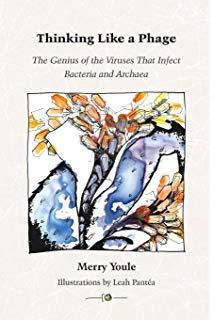
> Thinking like a Phage: The Genius of the Viruses That Infect Bacteria & Archaea.
https://www.amazon.co.uk/Thinking-Like-Phage-Viruses-Bacteria
Merry Youle. Despite being the most abundant life form on earth, the phages – being much smaller than even the microbes they infect – elude our everyday perception. Thinking Like a Phage offers a tour of this unseen dimension of life on Earth. A phage is a virus that infects microbial cells, specifically bacterial or archaeal cells. To succeed, a phage must encounter, recognize, and then deliver its chromosome into a particular type of cell. Discovered over 100 years ago, their ability to kill bacteria was overshadowed by the discovery and development of antibiotics. A fe countries, including Russia, continued using phage therapy. Only now as antimicrobial resistance increases is there renewed interest in the West in the potential life-saving phage therapy.
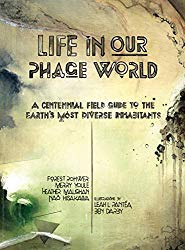
> Life in our Phage World: A Centennial Field Guide to Earth’s most Diverse Inhabitants.
https://www.amazon.co.uk/Life-Phage-World-Forest-Rohwer
Pub. December 2014. Forest Rohwer, Merry Youle. We share the Earth with more than 10,000,000,000,000,000,000,000,000,000,000 phages. They thrive everywhere, from well-fed guts to near-boiling acidic springs, from cryoconite holes to endolithic fissures. They kill or collaborate with their microbial hosts to spur microbial evolution and maintain ecosystem functioning. Phage genomes harbor the world's largest cache of unexplored genetic diversity, and we now have the equipment needed to go prospecting - for the vast majority of phages await discovery./p>
For more books on microbes and resistance visit CombatAMR BOOK LIBRARY
